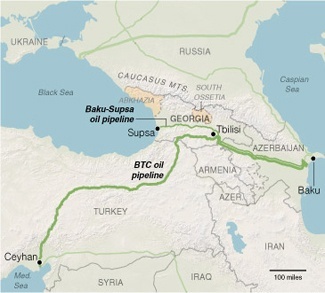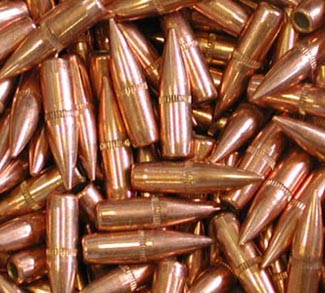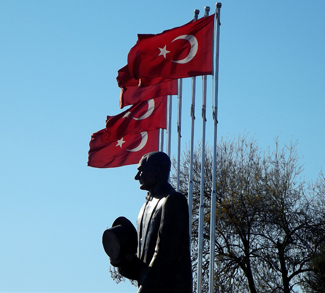Summary
This report examines the roles played by Western International Financial Institutions (IFIs), intelligence agencies, militaries and strategic interests in the break up of the Yugoslav Republic.
Analysis
Background
The Yugoslav wars occurred between 1991 and 2001, and involved several conflicts leading to the breakup of Yugoslavia. The Socialist Federal Republic of Yugoslavia was created at the end of World War II, and consisted of Bosnia and Herzegovina, Croatia, Macedonia, Montenegro, Serbia, Slovenia and Kosovo.
Setting the Stage
A Political and Economic Crisis
In 1980, longtime dictator of Yugoslavia, Josip Broz Tito died, leading to a leadership crisis.
By 1982, the Yugoslav debt had grown to 20 billion dollars, so the US Ambassador in Belgrade, Lawrence Eagleburger, created a group of individuals known as the “Friends of Yugoslavia” who organized a set of “rescue loans” by the International Monetary Fund (IMF) and World Bank.[1] However, that same year, the IMF and World Bank had created a new loan agreement, entitled Structural Adjustment Programs (SAPs), which gave the IFIs total control over a country’s economic and even many political decisions. The effect of the SAPs was that they “wreaked economic and political havoc… The economic crisis threatened political stability … it also threatened to aggravate simmering ethnic tensions.”[2]
In 1989, Slobodan Milosevic became President of Serbia, the largest and most powerful of all the Yugoslav republics. Also in 1989, Yugoslavia’s Premier traveled to the US to meet President George H.W. Bush in order to negotiate another financial aid package. In 1990, the World Bank/IMF program began, and the Yugoslav state’s expenditures went towards debt repayment. As a result, social programs were dismantled, the currency devalued, wages frozen, and prices rose. The “reforms fueled secessionist tendencies that fed on economic factors as well as ethnic divisions, virtually ensuring the de facto secession of the republic,” leading to Croatia and Slovenia’s succession in 1991.[3]



